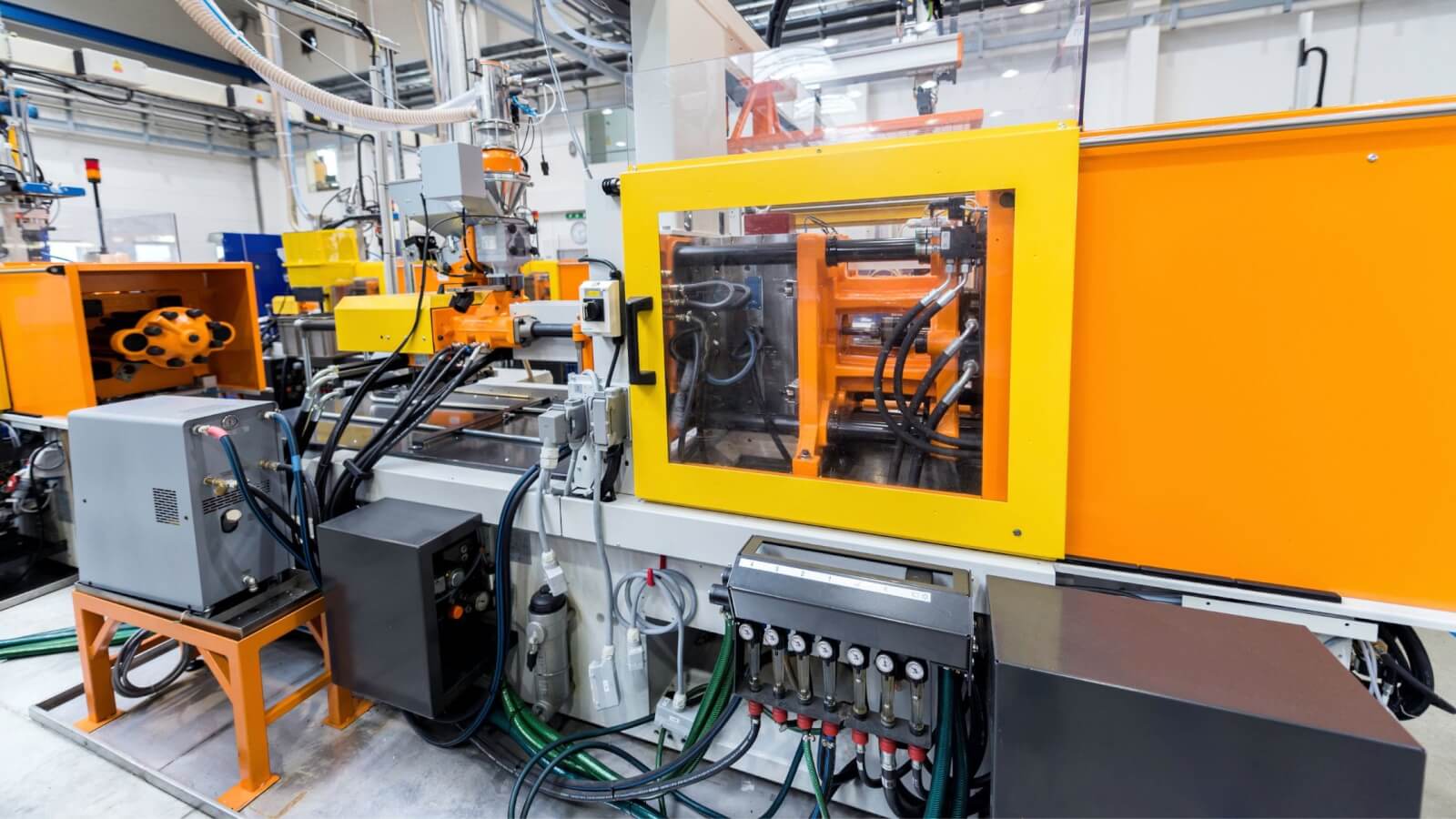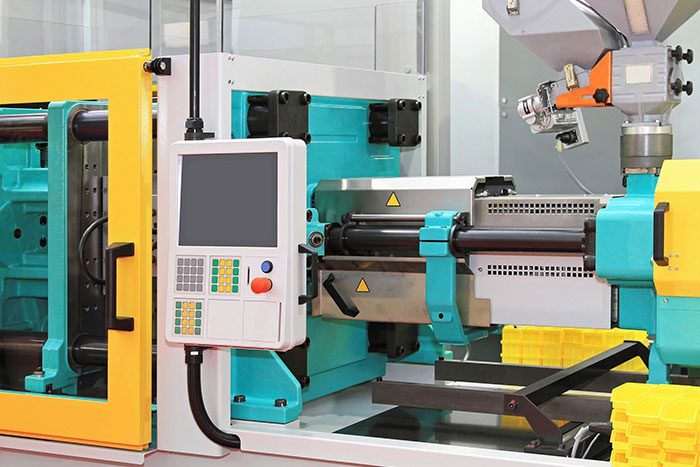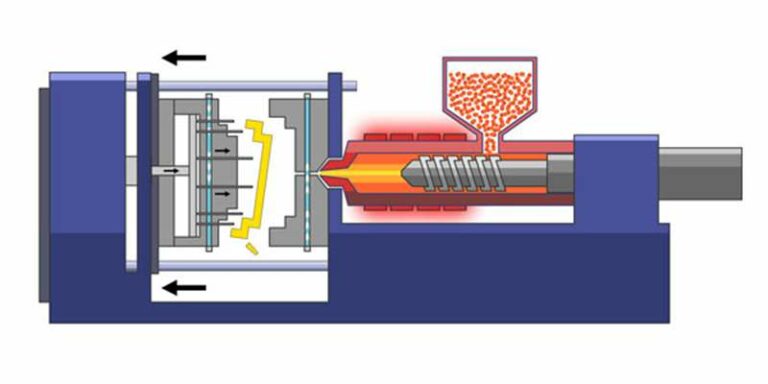The Advantages of Using Plastic Injection Molding for Custom Parts Manufacturing
The Advantages of Using Plastic Injection Molding for Custom Parts Manufacturing
Blog Article
Understanding the Basics of Plastic Shot Molding Procedures
Plastic shot molding offers as a foundation of contemporary manufacturing, providing a systematic strategy to creating complex components with accuracy. Checking out these vital aspects could disclose how even minor modifications can lead to significant improvements in manufacturing end results, elevating inquiries regarding the potential for technology in this well-known process.
What Is Plastic Injection Molding?
Plastic shot molding is a commonly made use of manufacturing procedure that transforms thermosetting and thermoplastic products into exact and complex forms. This strategy is favored for its capacity to produce high volumes of the same get rid of outstanding accuracy, making it a crucial technique in numerous sectors, including vehicle, durable goods, and medical gadgets.
The procedure involves melting the selected plastic product and infusing it right into a mold under high pressure. The mold and mildew, made to the specifications of the preferred component, permits the liquified plastic to materialize as it strengthens and cools down. When the product has set, the mold is opened up, and the completed component is expelled.
Plastic shot molding offers a number of advantages, consisting of lowered waste, consistency in production, and the capability to incorporate elaborate styles that might be testing with various other making approaches. In addition, it sustains a wide variety of products, each supplying one-of-a-kind residential properties that can be customized for details applications. As sectors proceed to introduce, plastic injection molding stays at the leading edge, enabling the development of advanced products that fulfill advancing customer needs.
The Injection Molding Process
The injection molding procedure is an advanced method that includes several key phases to generate top notch plastic elements. Plastic pellets are fed right into a heated barrel where they are thawed into a thick liquid. This molten plastic is after that infused under high pressure right into a precision-engineered mold and mildew, which shapes the product right into the desired form.
As soon as the mold is filled, the plastic is permitted to cool down and solidify, taking the form of the mold and mildew cavity. Cooling time is crucial, as it influences the cycle time and the last residential properties of the molded component. After adequate cooling, the mold and mildew opens, and the ended up component is expelled utilizing ejector pins.

Materials Utilized in Injection Molding
Different materials can be utilized in the injection molding procedure, each offering unique homes that cater to certain applications. The most typically utilized materials include thermoplastics, thermosetting plastics, and elastomers.

Thermosetting plastics, like epoxy and phenolic resins, go through a chemical adjustment throughout the treating procedure, causing a rigid, stringent framework. These materials are optimal for applications calling for high heat resistance and architectural honesty, frequently utilized in electric insulators and automotive parts.
Elastomers, consisting of silicone and rubber-based materials, offer adaptability and strength. Their one-of-a-kind homes make them ideal for applications that demand flexibility, such as gaskets and seals.
Additionally, specialty materials like bio-based plastics and composites are getting grip for their ecological benefits and enhanced performance qualities, expanding the extent of shot molding applications in numerous sectors. Understanding the homes of these products is critical for picking the appropriate type for specific projects.
Advantages of Shot Molding
Shot molding attracts attention as a very reliable production procedure that uses many benefits for creating complex get rid of precision. Among one of the most considerable benefits is the capacity to develop complex styles that would be challenging or difficult to accomplish with other approaches (Plastic Injection Molding). The check my blog procedure enables tight resistances and in-depth functions, ensuring high-quality parts
Furthermore, injection molding is recognized for its fast production capabilities, making it an ideal option for high-volume manufacturing. Once the mold and mildew is produced, parts can be created rapidly, decreasing lead times and raising general productivity. This performance not only decreases manufacturing expenses but additionally supplies an one-upmanship on the market.
The versatility of products used in shot molding further improves its appeal. A vast array of thermoplastics and thermosetting polymers can be utilized, allowing makers to select materials that ideal fulfill their particular needs, including flexibility, toughness, and heat resistance.
Additionally, the procedure minimizes waste, as excess material can usually Learn More be recycled and reused. This sustainability aspect adds to a lowered environmental impact, making shot molding a liable production choice. In general, the benefits of check this injection molding make it a preferred method for several industries.
Aspects Influencing Product Quality
While various aspects can affect item top quality in injection molding, understanding these aspects is vital for attaining optimum outcomes. Trick facets consist of product selection, processing parameters, and mold design.
Product selection plays a vital role, as different polymers exhibit unique residential properties that affect flowability, stamina, and thermal stability. Inadequate material choice can lead to defects such as bending or insufficient dental filling.
Handling specifications, including temperature level, cycle, and stress time, must be meticulously regulated. Variants in these settings can result in inconsistencies partly measurements and surface area finish. Excessively high temperature levels might cause destruction of the polymer, while insufficient pressure can result in short shots.
Mold and mildew style is equally vital, as it figures out the flow of the molten plastic and the cooling procedure. Improperly developed mold and mildews may bring about unequal cooling prices, resulting in dimensional mistakes and recurring anxieties.

Final Thought
In final thought, plastic shot molding acts as a vital manufacturing process that allows the efficient production of high-quality components. Proficiency of the shot molding procedure, including the understanding of materials and the influence of various elements on product high quality, is crucial for attaining optimum outcomes. The advantages of this technique, such as cost-effectiveness and design flexibility, more emphasize its relevance across multiple sectors, strengthening its status as a preferred selection for high-volume production.
Plastic injection molding offers as a foundation of modern production, offering a methodical strategy to creating complicated components with accuracy.Plastic injection molding offers numerous advantages, consisting of minimized waste, consistency in manufacturing, and the capability to include elaborate layouts that may be testing with other making techniques (Plastic Injection Molding). As sectors continue to introduce, plastic injection molding continues to be at the forefront, making it possible for the advancement of innovative products that fulfill evolving customer needs
The injection molding procedure is a sophisticated method that involves a number of vital stages to generate top quality plastic parts.In conclusion, plastic injection molding offers as a crucial production procedure that enables the reliable production of top notch components.
Report this page